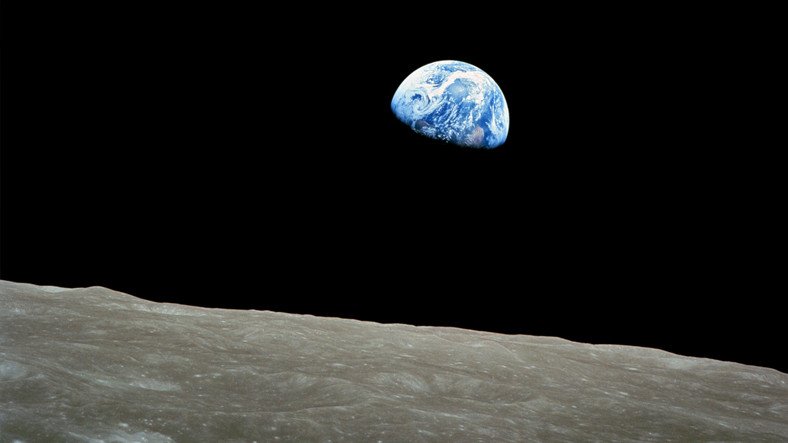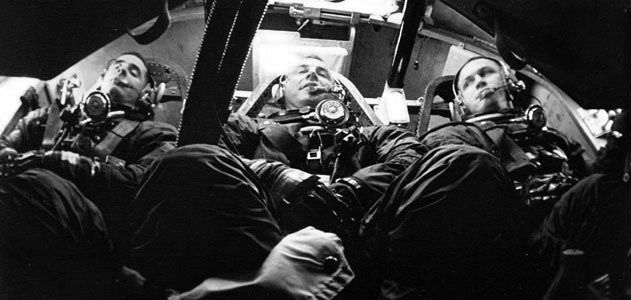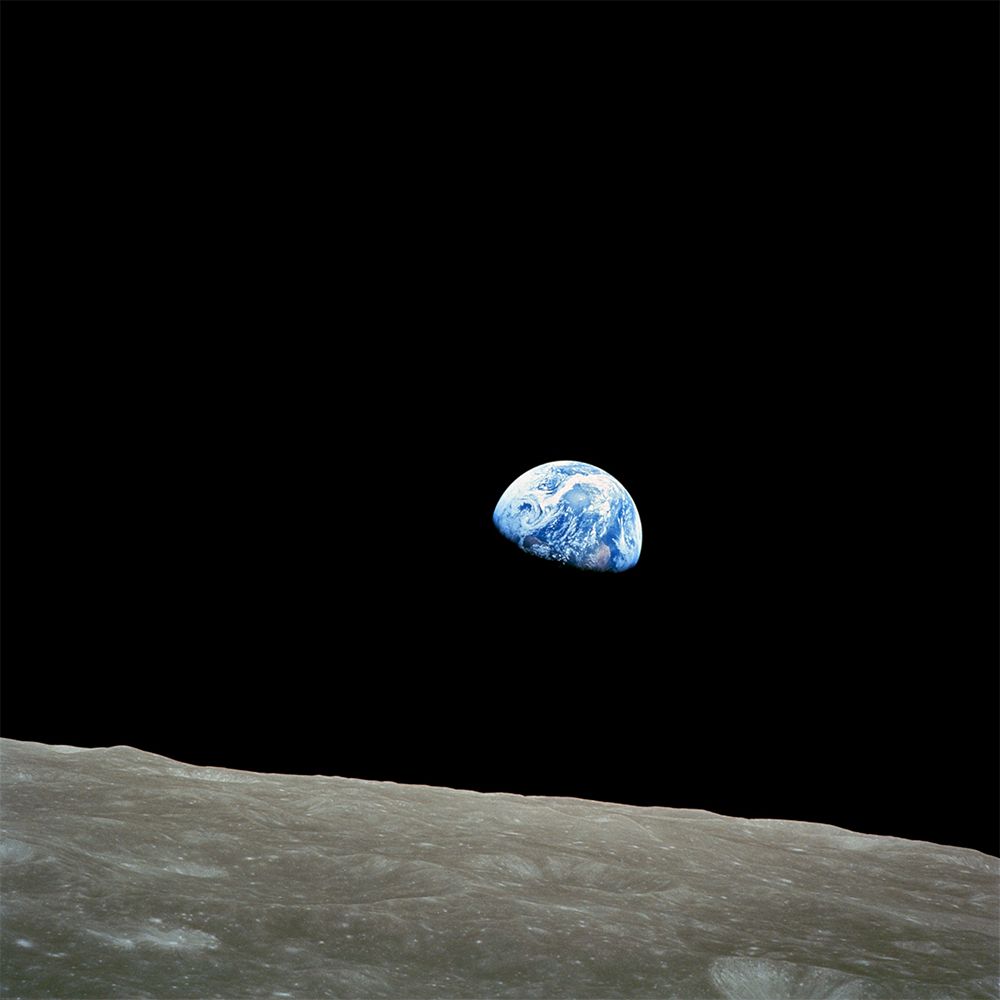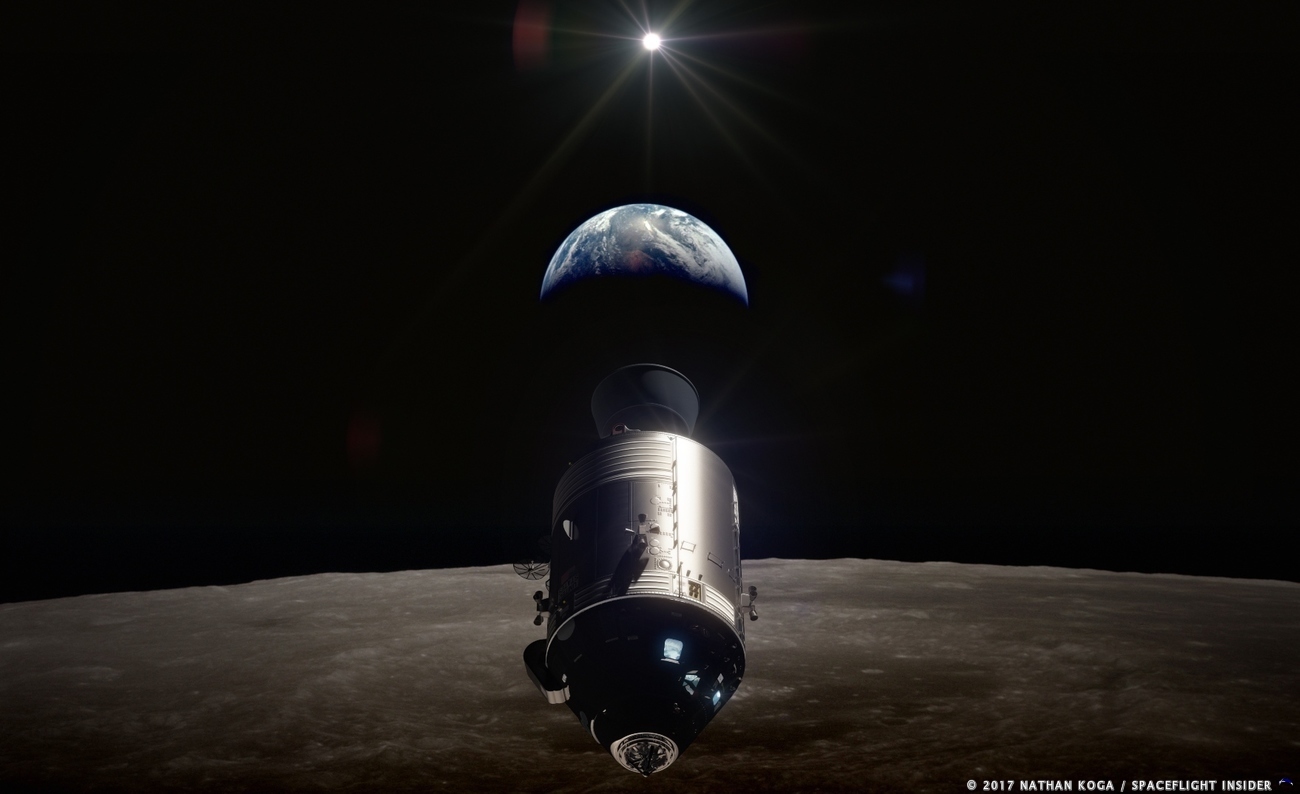The amazing story of the first picture with all living people except 3 people
- July 3, 2022
- 0
We call the time when the sun rises sunrise, and the time when it sets and leaves its place to the moon, we call it sunset. So, is
We call the time when the sun rises sunrise, and the time when it sets and leaves its place to the moon, we call it sunset. So, is

We call the time when the sun rises sunrise, and the time when it sets and leaves its place to the moon, we call it sunset. So, is there another celestial body that is periodically “born” outside the sun on our only satellite, the moon, where the concept of day is not valid? It’s there, and we live off it.
Our journey to the moon, one of mankind’s greatest curiosities, was not so easy. Before landing on the surface, it was necessary to go there many times, to tour around it many times. Landing was difficult. When the dates indicated December 21, 1968, it was a day to remember.

Studies conducted up to that point had led to the failure of the first Apollo mission. On January 27, 1967, Gus Grissom, Edward White and Roger Chaffee, 3 NASA astronauts tragically lost their lives in a fire on the launch pad during a test.

One of the most powerful launchers ever built on Earth, the Saturn V was first used on Apollo 8. The Apollo shuttle had camera equipment to take pictures around the moon.
All three astronauts had cameras, but the only equipment that could take color photos was owned by William Anders.
Take off went smoothly. The Saturn V shuttle had freed the Apollo 8 shuttle from gravity to launch to the moon, and had done its job.

After the ignition systems of the Saturn V separated, the voltage-charged journeys of 3 people in the shuttle, which remained as a small can, began in this way.

After hours of relatively slow, tense travel, Apollo 8 was able to reach the moon’s orbit as intended.

The technology of the time was insufficient to receive a signal from a vehicle passing on the far side of the moon. As a result, communication between the shuttle and Earth was frequently interrupted. When Apollo 8 was left alone with the dark side of the moon, the 3 astronauts became the loneliest people in space. During this time they did every possible research on the dark surface.

In fact, the astronauts competed with each other to capture this frame. In fact, Commander Borman was actually the first person to theoretically take pictures there, but the color camera was in the hands of William Anders. Lucky, what are you doing? 🙂 That’s how Anders’s name was written in history.

With the limited amount of fuel in the shuttle, it was much easier to dodge the moon’s gravity than on Earth. Because it had to come out of its orbit, not its surface. It was very important to bring the data obtained after 10 lunar journeys over days to Earth.

His total sight time had reached 147 hours and 31 minutes. The astronauts had come back to Earth after living face to face with death for 6 days. The rescue ship USS Yorktown was estimated to be 5,100 miles from Apollo 8. At 12:20 PM, the rescue ship Apollo 8 reached the astronauts.
See you in another TechnoHistory article, stay tuned 🙂
Source: Web Tekno
Alice Smith is a seasoned journalist and writer for Div Bracket. She has a keen sense of what’s important and is always on top of the latest trends. Alice provides in-depth coverage of the most talked-about news stories, delivering insightful and thought-provoking articles that keep her readers informed and engaged.